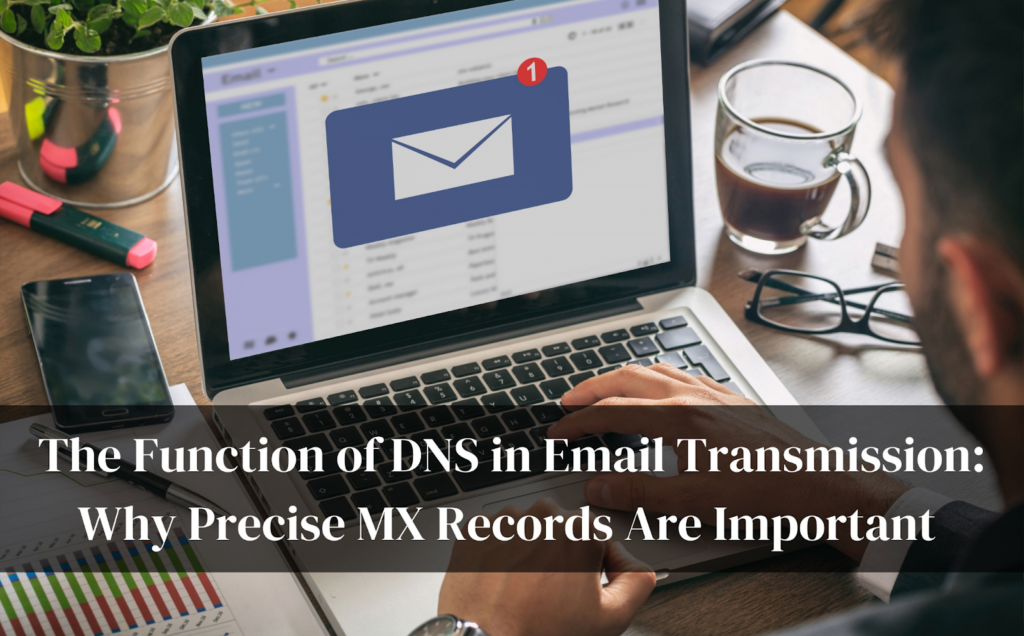
OCR (Optical Character Recognition) tools are software that can identify text, handwriting, and printed characters in images and PDF files. These tools convert them into editable and searchable digital text.
Essentially, OCR tools eliminate the need to manually type documents by automatically extracting the text.
Key Capabilities of OCR Software
Following are some of the key capabilities of OCR software
- The Important function of OCR is to detect text elements in images and convert them to computer-readable text that can be edited, formatted, searched, and used in other documents.
- More advanced Optical text recognition tools can recognize handwritten text and cursive scripts. This allows you to digitize even handwritten documents.
- Top document scanning software with AI and deep learning can extract text in over 100 languages including English, Chinese, Japanese, Korean etc.
- Most OCR apps can take common file types like JPEGs, PNGs, PDF scans and convert them to new editable Word, Excel, searchable PDF and other formats.
Why Do You Need OCR Tools?
Here are some top reasons why utilizing automatic text recognition technology is critical in 2024:
1. Accelerate Document Processing
Manually typing and recreating paper documents is extremely time-consuming. OCR tools speed up the processing of scanned files, PDFs, and image-heavy files. OCR technology accelerates document processes in business also, you can convert your physical documents into searchable digital files.
2. Improve Data Accuracy
Humans make errors when manually extracting and copying text. Advanced Text recognition software uses AI to accurately capture text, minimizing errors.
Related Information: Text vs. Images: Which Content Format is Effective?
3. Enhance Searchability
Document scanning unlocks scanned PDFs and image files by detecting text that can be searched. This makes discovery and navigation easier.
4. Save Storage Space
Paper documents and image files take up large storage. Text scanning minimizes this by converting documents into space-efficient digital files.
5. Support Data Analysis
Text recognition tools enable new ways to organize, find, and understand important information hidden in picture documents, making it easier to use and learn from them.
7 Best OCR Tools You Need to Use in 2024
Here are the top 7 OCR tools that you need to use in 2024 and lessen your manual efforts:
1. Softo
As the world goes digital, this smart tool changes pictures into words quickly and accurately. It works on JPEGs, PNGs, and scanned PDFs, turning them into editable text without messing up the info.
The text it gives you looks just like what’s in the picture, without any extra data added. It works with lots of different languages and types of pictures, so you can always convert stuff no matter where it’s from. You can save the text as a .txt file or send it straight to other apps.
It’s easy to use, and you don’t have to make an account. Your information will stay safe, and the tool works well.
In today’s world where everything is digital, having a good tool to change pictures into text is super important for getting things done. Softo Image to Text Converter is high-quality for accuracy, speed, and language support.
2. Image to Text Converter
The Image-to-text converter, also known as OCR. This technology allows you to take a picture or scan of printed or handwritten text and turn it into digital text. This tool uses advanced technology to look at the shapes and patterns in the image.
Later this converter figures out what letters and numbers they are. It can accurately read text in different fonts and languages like English, Chinese, Arabic, and more. OCR supports many common image formats like JPG and GIF files.
It works on scans of documents, photos of text, screenshots, and even handwritten notes. The converted text looks exactly like the original. Using this amazing tool, you can save your bundle of time because you don’t have to manually type up the text.
Document scanner also makes printed materials easier to edit, search, share, and store on your computer. This useful innovation helps you handle text and documents in the digital world.
Some of its notable benefits are:
- Save time and effort with quick online conversion of image text.
- Easily convert handwritten notes into editable formats.
- Efficiently archive documents and organize research materials.
- Extract text from invoices, receipts, and screenshots effortlessly.
- Handle low-quality or distorted images with ease.
- Enjoy the convenience of extracting text from multiple images for free.
3. Klippa
While many online OCR converters have limitations, Klippa offers a comprehensive solution called DocHorizon that goes beyond simple image-to-text conversion. With AI and Machine Learning, DocHorizon can do more than just extract text from images.
It can also extract data, anonymize, convert, classify, and verify documents. You can submit files through various channels like the app, web, FTP, or email, and the AI-embedded OCR processes them quickly.
It can handle multiple documents at once, offers various export options, and supports high document volumes. Additionally, it continuously learns and improves its speed and accuracy over time.
DocHorizon even analyzes EXIF data to detect document forgery, ensuring security and reliability.
4. Image to Text Ai Converter
The AI image-to-text converter is a handy tool that takes images like photos, scans, or screenshots. Later it turns the text in them into editable digital text. It works by using advanced AI algorithms to analyze an image and identify the shapes of letters, numbers, and symbols.
This lets you take things like pictures of notes, research papers, or foreign language documents. Text extractor converts them quickly without needing to type everything out manually.
The AI is smart enough to detect different fonts and writing styles and convert them cleanly into a Word doc or other format. It can even handle messier handwritten notes. Besides just recognizing text, you also have the option to translate extracted foreign language text into 90+ languages.
Overall, this innovative converter saves huge amounts of time and effort for anyone who works with printed documents and images. Instead of retyping or risking errors copying text from an image, this tool digitizes it with high accuracy through the power of AI.
5. Image-to-text converter
Text recognition tools make our lives much easier than before. Because in the past, it was really hard and took a lot of time to get text from documents and pictures by hand. But now, we have OCR technology, which makes it much easier.
It works by analyzing the visual patterns in the image to identify letters, numbers, symbols, and words, essentially “reading” the text. The tool supports virtually all image formats including JPG, PNG, and GIF.
This scanner can handle everything from high-resolution scanned documents to low-quality smartphone pictures. Whether it’s project reports, research papers, receipts, menus, or handwritten notes.
This image-to-text converter can accurately recreate them as editable text while preserving all formatting. Users can then easily copy-paste or export the converted text into Word, Excel, and other applications for further editing or sharing.
The conversion process requires no software installation and can handle multiple languages like English, French, Spanish, etc.
This extraction process can be defined in three straightforward steps:
- Preprocessing: The image gets ready for recognizing characters by making some initial adjustments and optimizations.
- Recognizing Characters: Algorithms look at the darker areas and decide those are the characters, using certain patterns they know to recognize them.
- Postprocessing: After recognizing the characters, some final touches are made to ensure everything is accurate and easy to read.
6. DNS Checker
DNS checker makes it easy to turn a photo of text into digital text. It uses a smart AI algorithm called OCR (optical character recognition) to scan an image and extract any text it finds.
This could be text from a scanned report, a picture of a handwritten sticky note, a screenshot, or a photo of words. The tool can identify letters, numbers, and symbols accurately and quickly convert them without any errors.
This saves you from having to manually type out all the text. Instead, you get editable digital text keeping the original formatting. The tool works great for making documents searchable, sharing text from images, or creating editable versions of handwritten notes.
- Businesses can use it to make paperwork digital. Instead of employees typing out scanned documents word for word, this tool extracts all the text automatically. This makes paperwork much easier to search, share, and store.
- Students and teachers can turn handwritten school notes into typed notes on their devices. This helps them save time and organize their documents.
- Doctors and nurses can use this tool to put patient records and reports into digital formats. This makes medical paperwork easy to store.
7. Online Notepad
Online Notepad is a versatile and fast editor with an advanced OCR engine. This excellent image-to-text converter tool makes converting images and documents into editable digital text. This text extractor is incredibly quick and accurate.
Using smart AI technology, it can scan an image and detect all the letters, words, and sentences within. This works on everything from low-resolution pictures to multi-pages of printed materials like books. No matter if the text is typed or handwritten, this OCR can identify it with accuracy.
Students can convert images of study material into text to edit into notes. Businesses can make their records searchable without complex and long typing. The user-friendly tool has flexible settings to export the converted text into Word, PDFs, and more.
You can upload images from your computer or cloud storage. This clever converter makes it easy to extract tricky text automatically. It’s really fast, accurate, and can handle all sorts of tasks, giving users more control and saving time.
Conclusion
OCR tools are super helpful for turning pictures of text into editable digital words. They help speed up work, make sure data is right, and make it easier to find stuff.
Using these tools in 2024 is a smart move for anyone who wants to work faster and smarter with digital text.
We hope that this guide is super useful and informative. So read it carefully and convert your visual texts into editable texts immediately!
The post Top 7 Best OCR Tools You Need to Use in 2024 appeared first on noupe.



